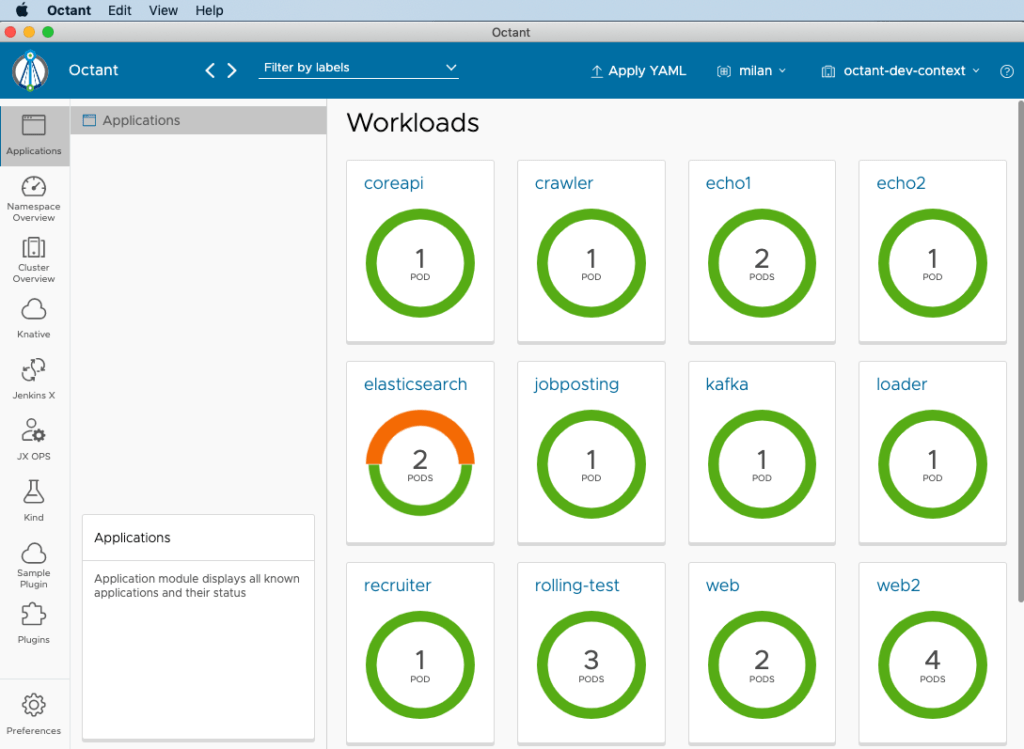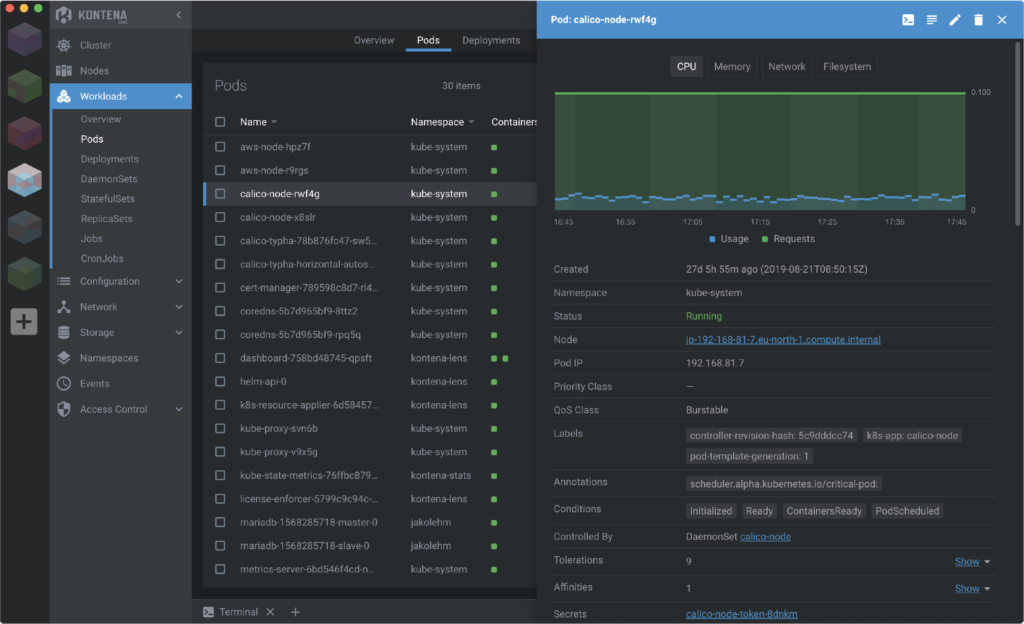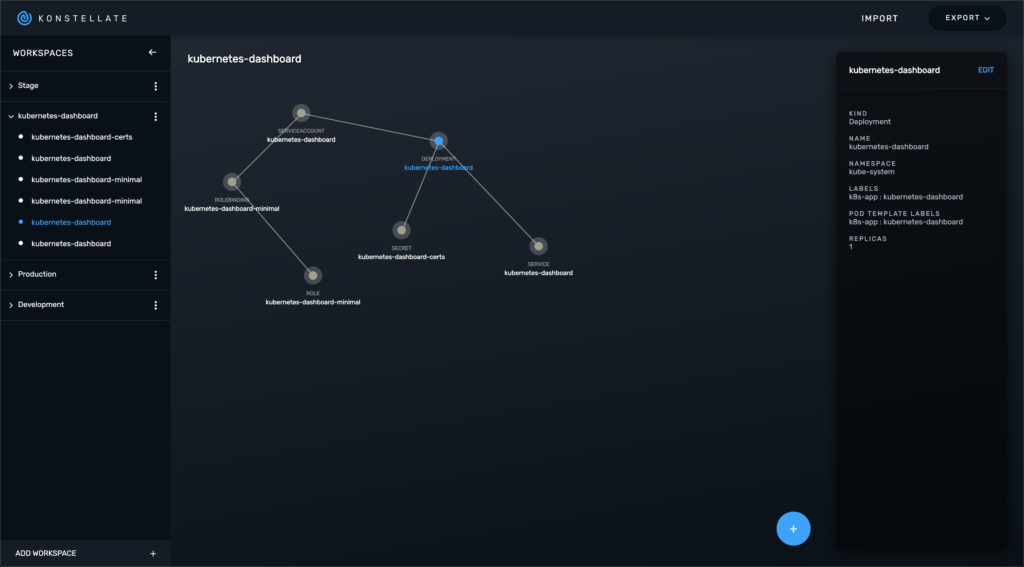Kubernetes, an open-source container orchestration platform, has become the de facto standard for deploying, managing, and scaling containerized applications. However, managing Kubernetes clusters solely through the command line interface (CLI) can be complex and overwhelming for many users. To address this challenge, various Graphical User Interface (GUI) solutions have emerged, simplifying Kubernetes cluster management. In this blog post, we’ll delve into some of the best GUI solutions for Kubernetes, including Kubernetes Dashboard, Octant, Lens, Konstellate, and Skooner (also known as k8dash).
1. Kubernetes Dashboard

Kubernetes Dashboard is one of the most popular web-based interfaces for Kubernetes cluster management. It provides an intuitive and graphical representation of the Kubernetes resources within a cluster. Users can monitor and manage deployments, services, pods, and more through a user-friendly interface.
Key Features:
- Real-time monitoring of cluster resources
- Visualization of Kubernetes objects and configurations
- Ability to deploy, scale, and manage applications
- Authentication and access control for enhanced security
2. Octant

Octant is another powerful GUI solution designed to simplify Kubernetes cluster management. Developed by VMware, Octant provides a developer-friendly interface for visualizing and interacting with Kubernetes clusters. It offers a detailed view of resources and workloads, aiding in efficient monitoring and troubleshooting.
Key Features:
- Visual representation of Kubernetes resources and relationships
- Customizable plugins to extend functionality
- In-depth insights into workloads, events, and logs
- Efficient navigation and search capabilities
3. Lens

Lens is a feature-rich and user-friendly Kubernetes IDE that provides an intuitive interface for cluster management. It consolidates multiple clusters and offers real-time monitoring, making it a popular choice among developers and administrators.
Key Features:
- Centralized view of multiple Kubernetes clusters
- Real-time resource monitoring and health checks
- Integrated terminal for direct command execution
- Advanced search and filter capabilities for efficient navigation
4. Konstellate

Konstellate is an open-source tool that focuses on visualizing and creating Kubernetes manifests using a graphical interface. It enables users to design and export Kubernetes configurations visually, making it easier to understand and create complex configurations.
Key Features:
- Drag-and-drop interface for creating Kubernetes manifests
- Visualization of Kubernetes objects and relationships
- Export functionality to generate YAML manifests
- Collaboration features for team-based configuration design
5. Skooner (k8dash)

Skooner, also known as k8dash, is a lightweight and easy-to-install Kubernetes dashboard. It provides a simple and clean interface to view and manage Kubernetes clusters. Skooner is designed for quick setup and usage, making it suitable for various users.
Key Features:
- Quick and easy installation with minimal dependencies
- Simplified dashboard to view and manage cluster resources
- Support for monitoring pods, deployments, and services
- Lightweight and fast performance for a smooth user experience
Conclusion
Choosing the right GUI solution for Kubernetes largely depends on your specific needs and preferences. Whether you prioritize advanced monitoring, simplified application management, or intuitive visualization of Kubernetes configurations, there is a GUI solution that fits the bill. Kubernetes Dashboard, Octant, Lens, Konstellate, and Skooner (k8dash) each offer unique features and benefits to streamline Kubernetes cluster management. Experiment with these solutions to find the one that best aligns with your requirements and enhances your Kubernetes experience. Happy Kubernetes cluster managing!
Find out about Kubernetes monitoring commands: https://devopstipstricks.com/essential-kubernetes-monitoring-commands/